The air jet weaving machine is a shuttleless loom that uses a jet stream to pull the weft yarn across the shed. The working principle is to use air as the weft insertion medium, and the compressed airflow is used to pull the frictional traction force of the weft yarn, and the weft yarn is taken through the shed, and the jet generated by the jet is used to achieve the purpose of weft insertion. This weft insertion method enables the weaving machine to achieve high speed and high yield. Among several shuttleless looms, the air jet weaving machine is the one with the highest speed. Due to the reasonable weft insertion method, it has a high latitude rate and is easy and safe to operate. It has the advantages of wide variety adaptability, low material consumption, high efficiency, high speed and low noise. It has become one of the most promising new types of cloth machines. Since the air jet weaving machine adopts the air flow weft mode, the biggest disadvantage is the high energy consumption.
The position of the weaving mouth of the
air jet weaving machine is restricted by the position of the chest beam, and the movement of the front and rear positions of the chest beam is small. The upper and lower positions are determined by the thickness of the horn. The upper and lower positions of the weaving mouth depend on the shape of the shape. When wefting, the weaving mouth is too high, and the center line of the tongue and groove is on the upper side. If the weaving mouth is too high, the upper lip of the gutter will touch the cloth surface, causing the weaving mouth to jump, and the gusset and the broken yarn appear. The low weaving mouth will cause the lower lip of the tongue to break the weft yarn at the weaving mouth, and in severe cases, the weaving mouth will be damaged and broken.
Generally, when weaving the special yarn fabric, the back beam is centered; when weaving the fine high-density fabric, the back beam is moved forward, which is favorable for opening the shed; when weaving the thick fabric, it is moved backward to increase the enveloping angle of the warp to the back beam, so that the tension is kept even and the fabric is flat and crisp. However, the rear beam moves too far backwards, and the operator is inconvenient to operate.


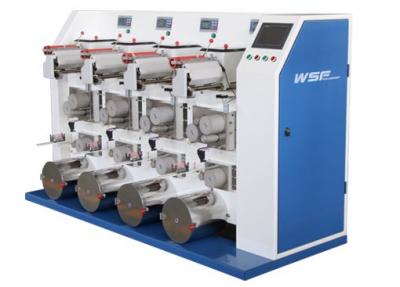
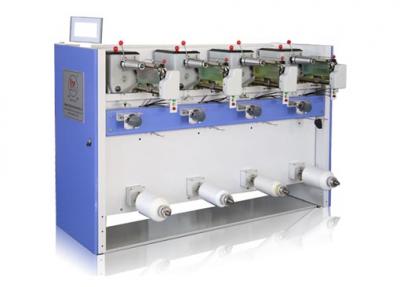
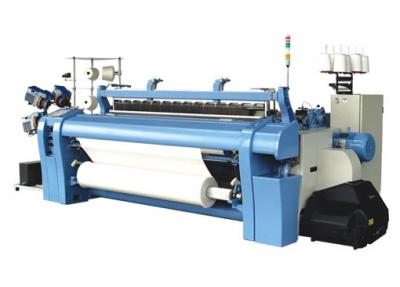

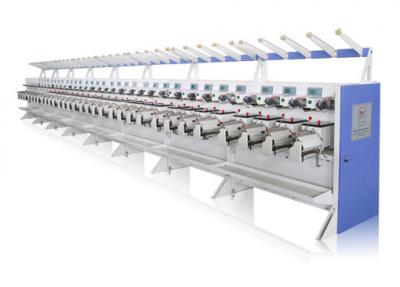
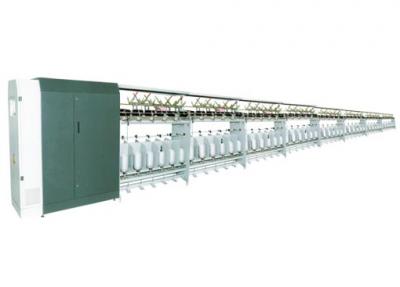
 +86-575-86333303
+86-575-86333303  sales@wsftex.com
sales@wsftex.com
 Rifa Road, Nanyan High-tech Zone, Xinchang, Zhejiang, China
Rifa Road, Nanyan High-tech Zone, Xinchang, Zhejiang, China